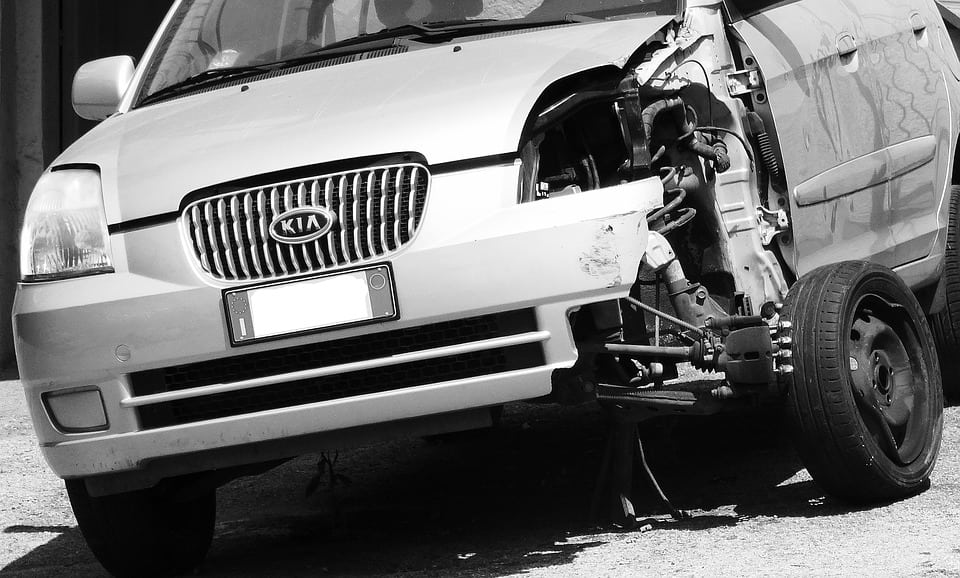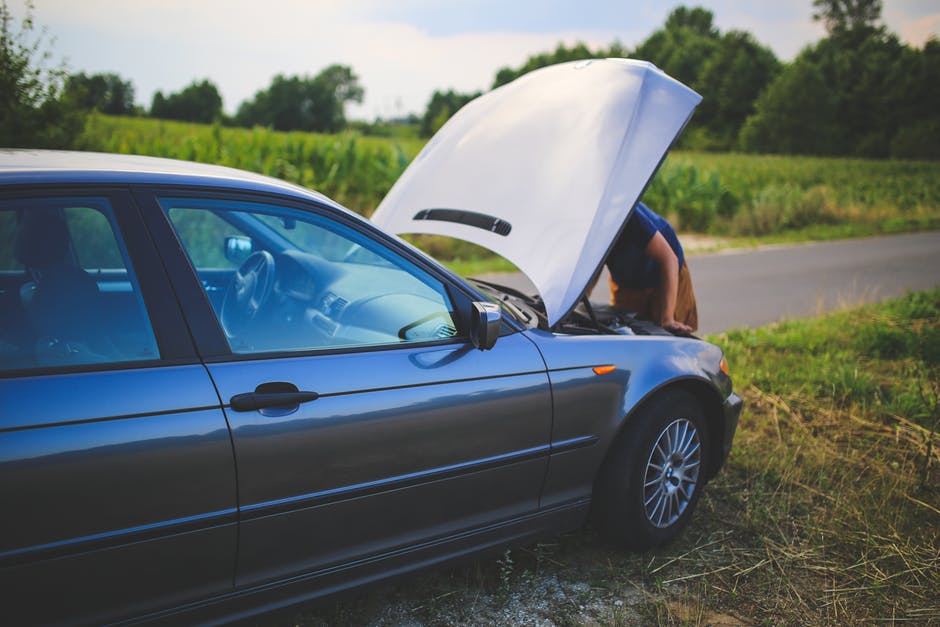If you drive a car, you are taking on a responsibility for your own safety and that of your passengers, fellow drivers, and any pedestrians around you. We always hear about car accidents, but the sad fact is that the vast majority of these so-called accidents could have been avoided had the drivers involved been more careful. No matter how skillful or confident a driver you are, there are many ways you can make your everyday driving safer for you and those around you. Here are the top 5 reasons for car accidents and some tips on how to lessen the risks.
1) Distracted Driving
One of the most common reasons for a car accident is one of the many forms of distracted driving. It’s easy to stop focusing on the road if you’re fiddling with the radio or your Spotify playlist, eating, talking on the phone or to a passenger, or texting. There are so many ways to become distracted while driving that it can feel like a big ask to get rid of the various factors entirely, but eliminating common distracted driving habits from your commute will lessen your chances of a car accident immensely. Becoming complacent means that you won’t have your focus on the road where it belongs.
Another common reason why car accidents happen is the wrongful changing of lanes. Car accidents when changing lanes are pretty common, and all too often, it is always challenging to determine who is at fault.
A driver may decide to change a lane for various reasons ranging from driving at high speed to blinds spots. Another reason why a driver would change lanes dangerously is if they feel fatigued. Driving can sometimes be exhausting, and as a result, a driver may feel tired and decide to change lanes recklessly to arrive at their destination faster than estimated. If the weather condition is poor, a driver may also choose to change lanes, which is dangerous.
Most of these drivers do not double-check to ensure that it is safe to do so, and instead, they change lanes recklessly, leading to accidents. The outcomes may be catastrophic, especially if both drivers that collide with each other were at high speeds, leaving no time to change direction.
2) Reckless Driving
Right behind distracted driving for risk factors is reckless driving. Some of the forms this can take includes speeding, overtaking other vehicles recklessly, and running red lights or stop signs. Driving recklessly means that you aren’t practicing defensive driving. Not only will you be at risk from other drivers who act in ways you don’t anticipate, driving recklessly increases the risk that you will lose control of your own vehicle and get in a wreck that way. Many of the elements of reckless driving increase the severity of car accidents as well. Speeding, for example, means that the higher speeds will naturally have a greater impact if you collide with something, and running stop signs increases your risk of a potentially deadly t-boning accident.
3) Unfamiliar Areas
It’s important to understand the particular risk factors of the area in which you are diving. According to Zimmerman & Frachtman, Parkland accident lawyers, there are “locations where many accidents occur, such as I-95 and the Turnpike, as well as defective roads that contributed to an accident.” Having some knowledge of the baseline road conditions, any complicated interchanges or exits, and dangerous blind corners or geographic features such as bluffs will allow you to be prepared for the particular type of driving that you will be asked to do on your trip. This is doubly important if you are going somewhere you are unfamiliar with. You don’t want to be caught by surprise if the conditions prove more difficult than you expected.
4) Inclement Weather
If you’ve ever found yourself driving home in a snowstorm, you know just how dangerous inclement weather can be. While you may not be able to control the weather, you should endeavour to not drive in dangerously stormy conditions. If you must drive in a storm of any kind, you need to remember to be extra cautious. Speeding, reckless driving, and distracted driving are dangerous at any time, but they are especially dangerous when you are risking hitting an ice patch or hydroplaning in heavy rain. The same caution should be exercised at night, when lowered visibility and the risk of being blinded by sudden hi-beams or LED headlights makes driving more dangerous than when it is undertaken during the daytime.
5) Drunk Driving
This last point ought to be obvious, but it bears repeating, especially since drunk driving has a high risk of ruining your life and the lives of those around you. You should always find a designated driver if you plan on drinking, and if you have been drinking you should find an alternate way home, picking up your car later. It simply isn’t worth the risk when you could so easily hurt yourself or others.







